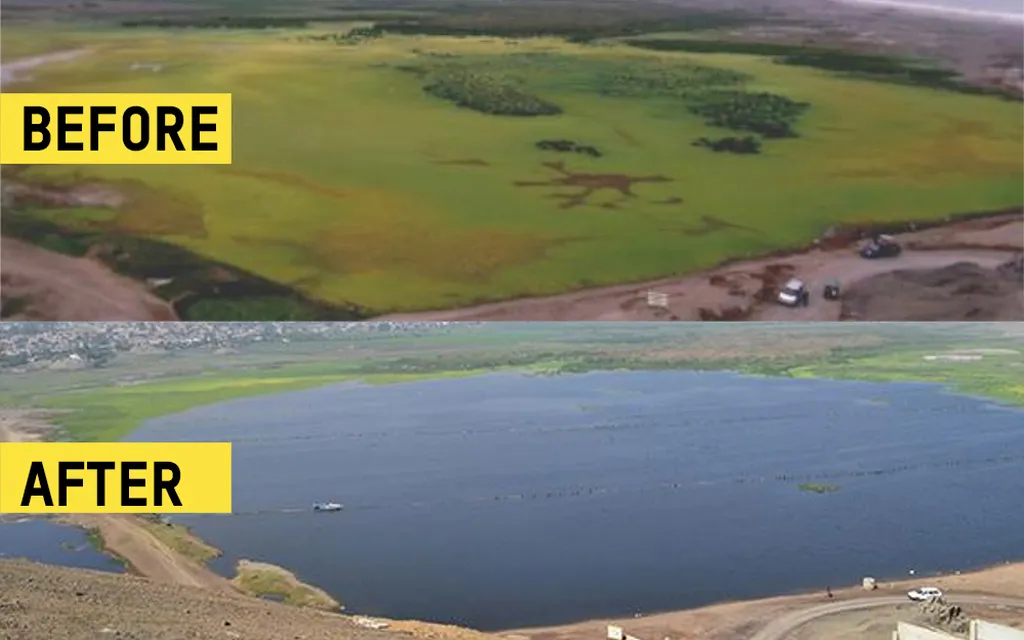In the heart of the Andes, where the shimmering waters of Lake Titicaca straddle the border between Peru and Bolivia, a groundbreaking study is making waves in the world of water purification. Researchers, led by Keiji Jindo of the Agrosystems Research Group at Wageningen University and Research in the Netherlands, have successfully integrated nano-bubble (NB) technology with locally sourced bio-coagulants and bio-sorbents to tackle the severe contamination plaguing this iconic lake.
Lake Titicaca, a vital water source for both countries, has long suffered from pollution stemming from urban, industrial, and agricultural activities. While NB technology has shown promise in water purification, it has historically struggled with heavy metals and faced high operational costs. Jindo and his team have turned this challenge into an opportunity, combining NB technology with bio-coagulants and bio-sorbents derived from Moringa and cactus, plants abundant in the region.
“What sets our study apart is the direct application of this treatment in the lake environment,” Jindo explains. “Most previous research has been confined to laboratory settings, but we wanted to see how these technologies perform in real-world conditions.”
The results, published in the journal *Water Science* (translated from Dutch), are promising. Water quality parameters showed significant improvements, with reductions in biological oxygen demand (BOD), chemical oxygen demand (COD), turbidity, ammonia, nitrate, total nitrogen, total phosphorus, pH, electrical conductivity, and coliform bacteria. The combination of NB technology and bio-coagulants enhanced turbidity reduction and sedimentation, while the bio-sorbents played a crucial role in heavy metal removal.
One of the study’s novelties is the use of remote sensing to monitor water quality changes. Although the technology faced some limitations in resolution and signal stability, the correlation analysis revealed strong associations among water quality parameters, supporting the feasibility of satellite-based monitoring.
The implications of this research extend beyond Lake Titicaca. The integration of NB technology with locally sourced materials offers a sustainable and cost-effective strategy for water purification, particularly in regions where access to advanced technologies is limited. This approach not only reduces operational costs but also empowers local communities by utilizing indigenous knowledge and resources.
For the energy sector, this research opens up new avenues for sustainable water management. As water scarcity and pollution become increasingly pressing issues, innovative solutions like this can help ensure a stable water supply for energy production, from hydroelectric power to cooling systems in thermal power plants.
Jindo’s work is a testament to the power of interdisciplinary collaboration and the importance of tailoring technologies to the specific needs of local environments. As we look to the future, the integration of NB technology with bio-based materials and remote sensing tools could become a cornerstone of global water purification efforts, shaping a more sustainable and resilient world.
In the words of Jindo, “This is just the beginning. The potential for this technology to transform water purification is immense, and we are excited to see how it will evolve in the years to come.”

